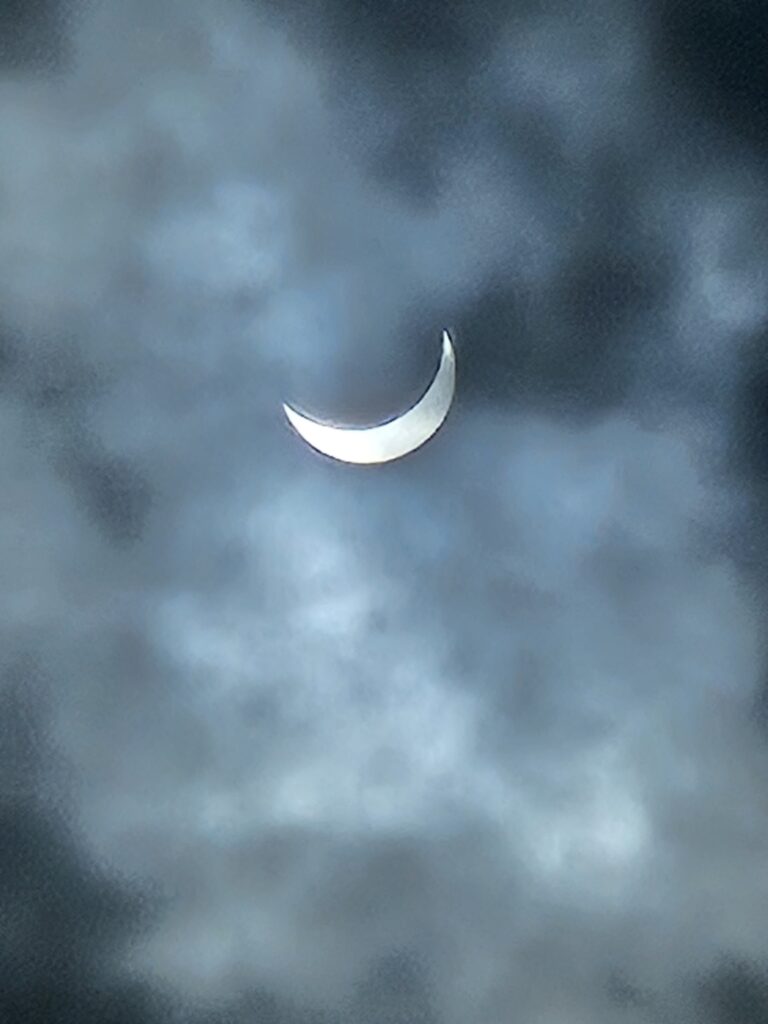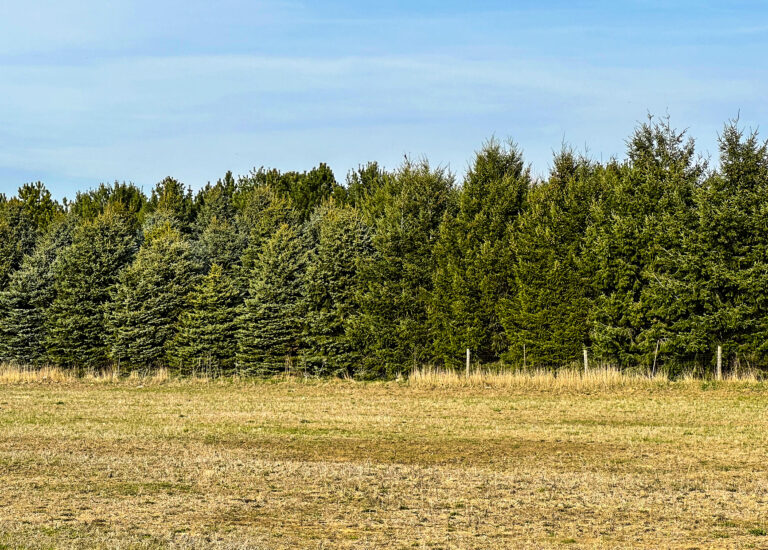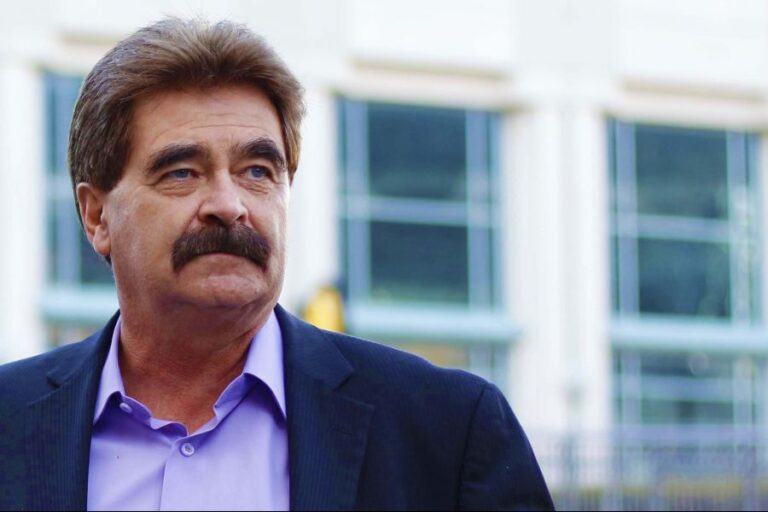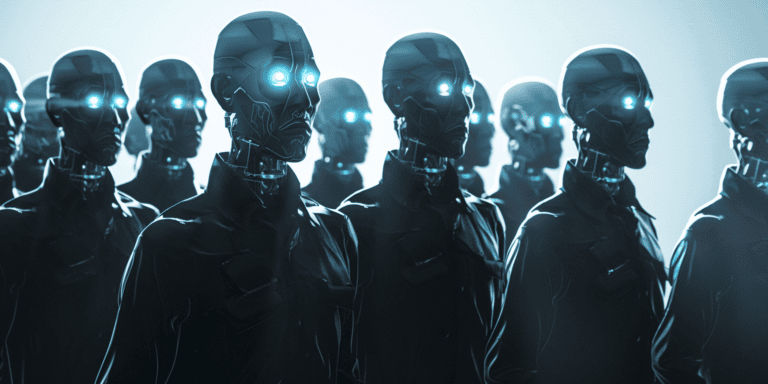For much of human history, the Earth was firmly planted at the centre of the known universe – a reasonable assertion given that the sun regularly rose in the east and set in the west.
All changed when Galileo showed that the sun, not the Earth, was the centre of the solar system. Then along came Einstein’s general relativity, the underlying equations for which were soon shown by Lemaitre, a priest and Cambridge, Harvard and MIT-trained physicist, to predict an expanding universe, support for which came from Hubble’s later observations of the movement of other galaxies.
But if the universe was expanding, it must have been very much smaller at one time, and from which small size, it turns out, the universe developed beginning 13.8 billion years ago.
There is now overwhelming evidence for that hypothesis, even if what happened in those first few seconds remains speculative. Whatever happened – perhaps some form of quantal fluctuation – the universe inflated many times faster than the speed of light and remained incredibly hot.
So hot was the universe at the time that oppositely charged particles were so energized that they were unable to form stable atoms and photons of light were unable to escape the highly ionized plasma field of the early universe.
Then about 380,000 years following the Big Bang, the universe cooled enough for the first stable atoms to form – composed mostly of hydrogen, some helium and a trace of lithium – and those photons of light were finally able to escape to light up the expanding universe before it turned dark once more as the wavelengths of the photons were stretched into the microwave range by the expanding universe.
The residual microwave signals, which can still be picked up by sensitive devices as the Cosmic Background Radiation (CBR) which is more or less uniform in all directions. Slight variations in the CBR and associated temperature probably reflect the quantal origin of the original inflationary expansion of the universe.
Several hundred million years later, gravity associated with dark matter began to shape huge gaseous clouds of hydrogen into what would become the first of several generations of galaxies and stars. And all the elements of the periodic table would be created, including those that would play pivotal roles in the creation of life here and probably many other places in the universe. That’s the scientific creation story in a nutshell.
Ever since humans acquired the cognitive ability to imagine and talk about how they, the lands, waters, creatures and heavenly bodies came to be, there have been creation stories, beginning perhaps as early as 200,000 to 300,000 years ago. The central characters of these stories vary from time to time and place to place but in common, they have a beginning.
In the Judaic tradition of Genesis 1 we read, “In the beginning, God created the heavens and Earth. The Earth was without form and void, and darkness was upon the face of the deep, and the spirit of God was moving over the face of the waters.”
Following which in order were created light, heaven, dry land and seas, vegetable life, sun, moon and stars, living creatures in the seas and later land creatures, then male and female humans. In these and most creation stories, some dating back to Babylonian times, it was understood that “something” existed before creation. The language of Genesis 1, for example, speaks of waters, Earth without form and void.
So also with the Big Bang – there must have been something before the Bang. Roger Penrose, last year’s Nobel laureate in physics, suggests the Big Bang was one of perhaps endless cycles of Big Bang births of universes, each of which eventually collapses into a massive black hole and what he calls a singularity, into which he suggests all matter and energy eventually collapse into and the nature of which is quantal.
But that begs the question: just what is a singularity? Is it a quantal state to which all matter and energy in a black hole, or perhaps a collapsed universe, are reduced when compressed by quantum gravity? Maybe, but just what happens in black holes and what happened to transform a singularity into the Big Bang, remain huge questions and mysteries.
In our compulsion to understand how the universe and life came to be and our place in it, humans share a compelling need across thousands and thousands of years to create and tell stories on a grand scale. That’s what we’ve been doing in every culture and time. We are a compulsive, questioning, storytelling species.
That’s our nature and with every story, including the scientific one, we inch closer to answering those evasive big questions, even if the mystery continues to recede beyond the edge of our expanding understanding. That’s the nature of wonder and exploration on the scale of the universe.
Dr. William Brown is a professor of neurology at McMaster University and co-founder of the Infohealth series at the Niagara-on-the-Lake Public Library.



.jpg)






